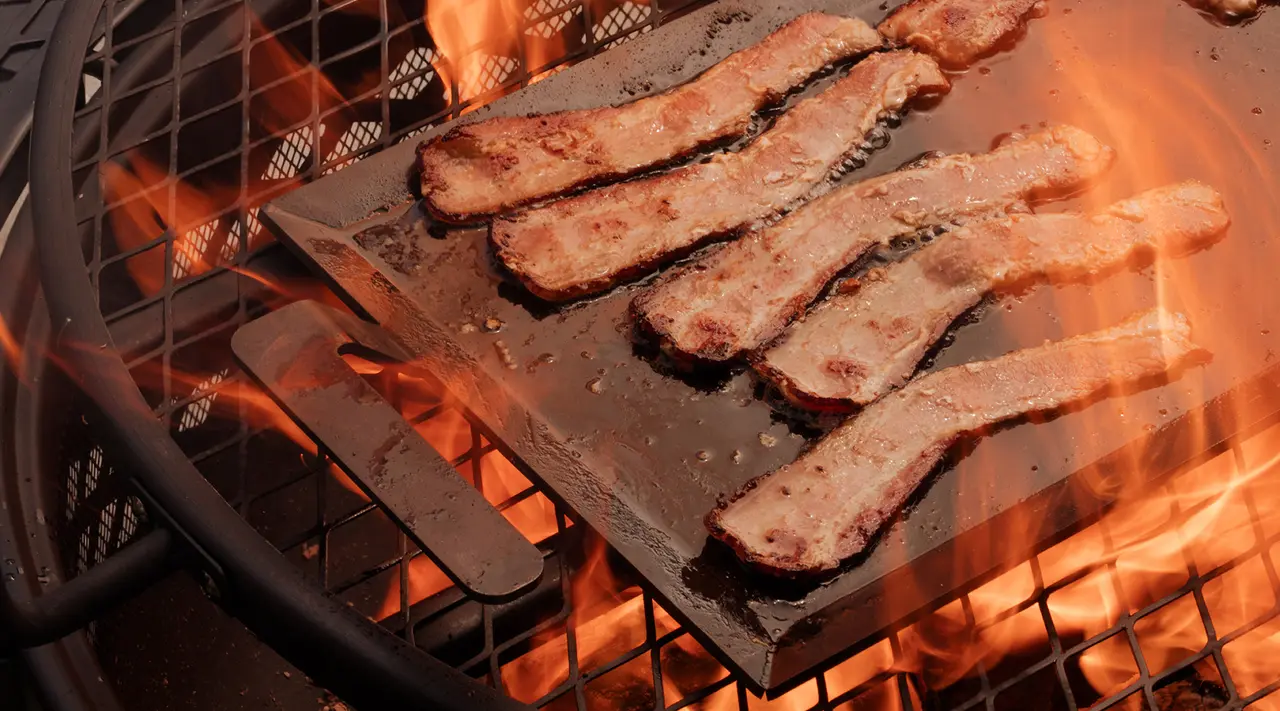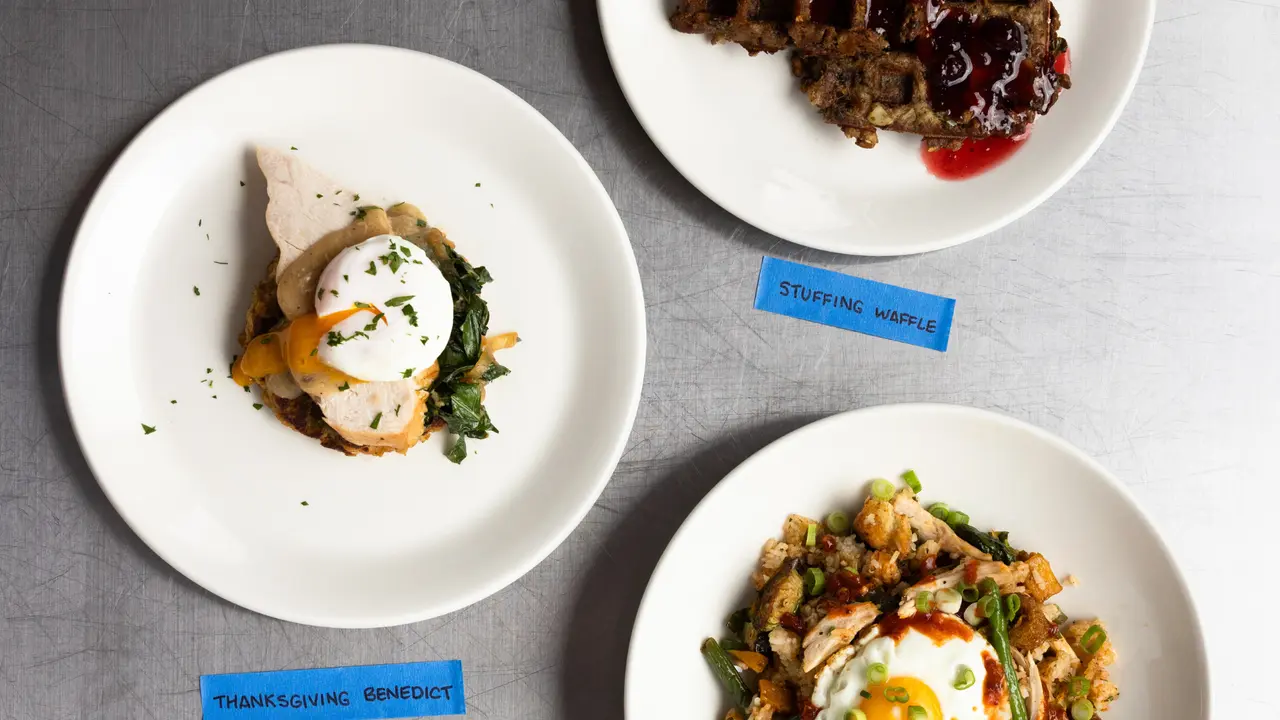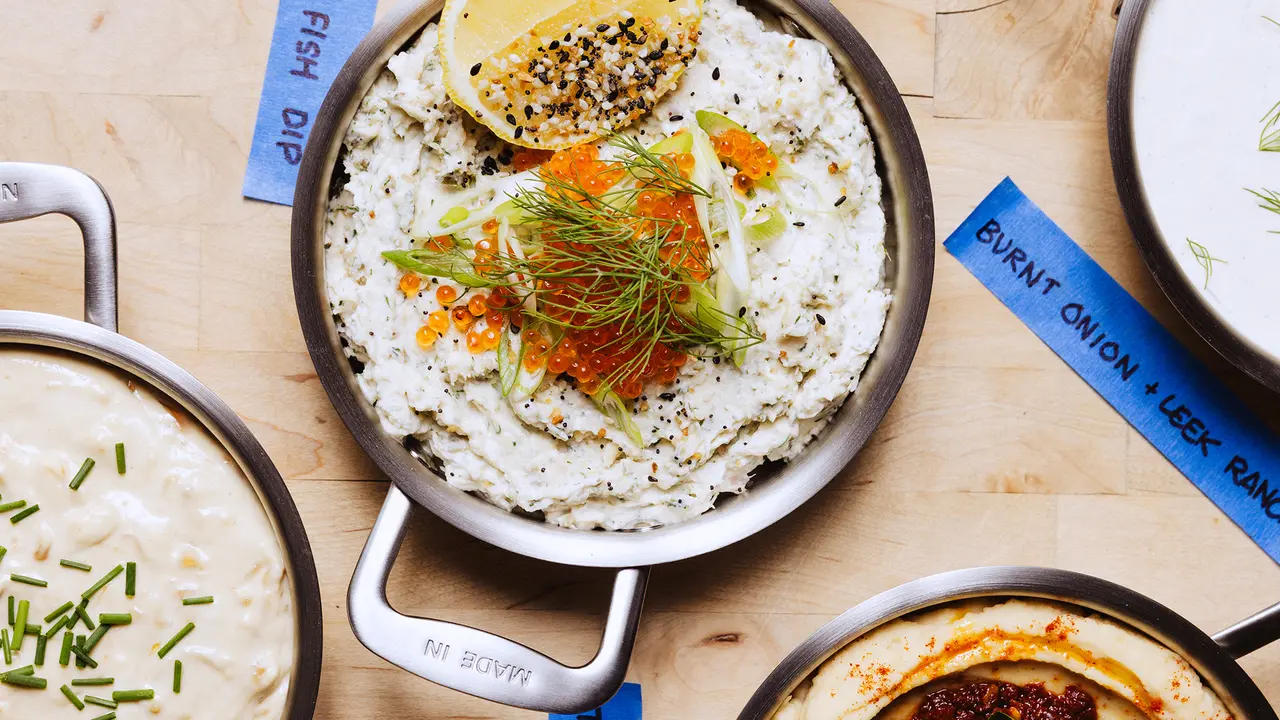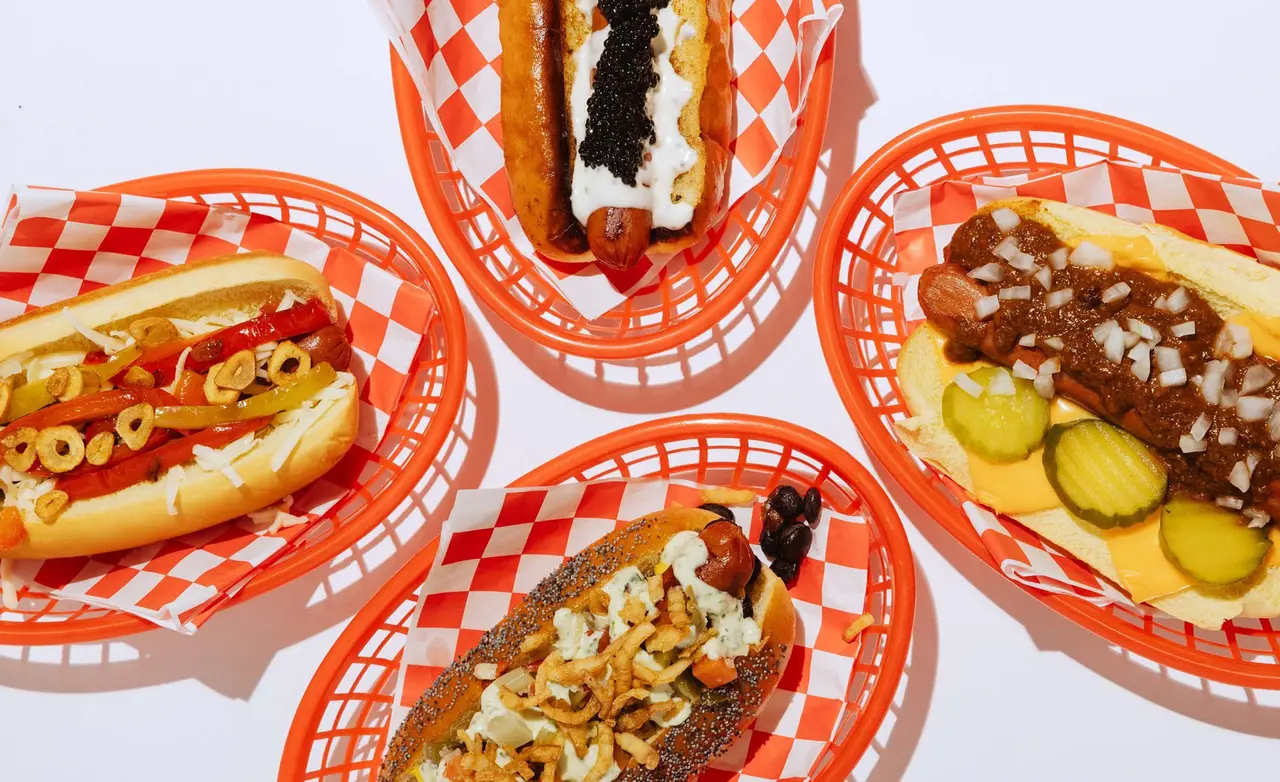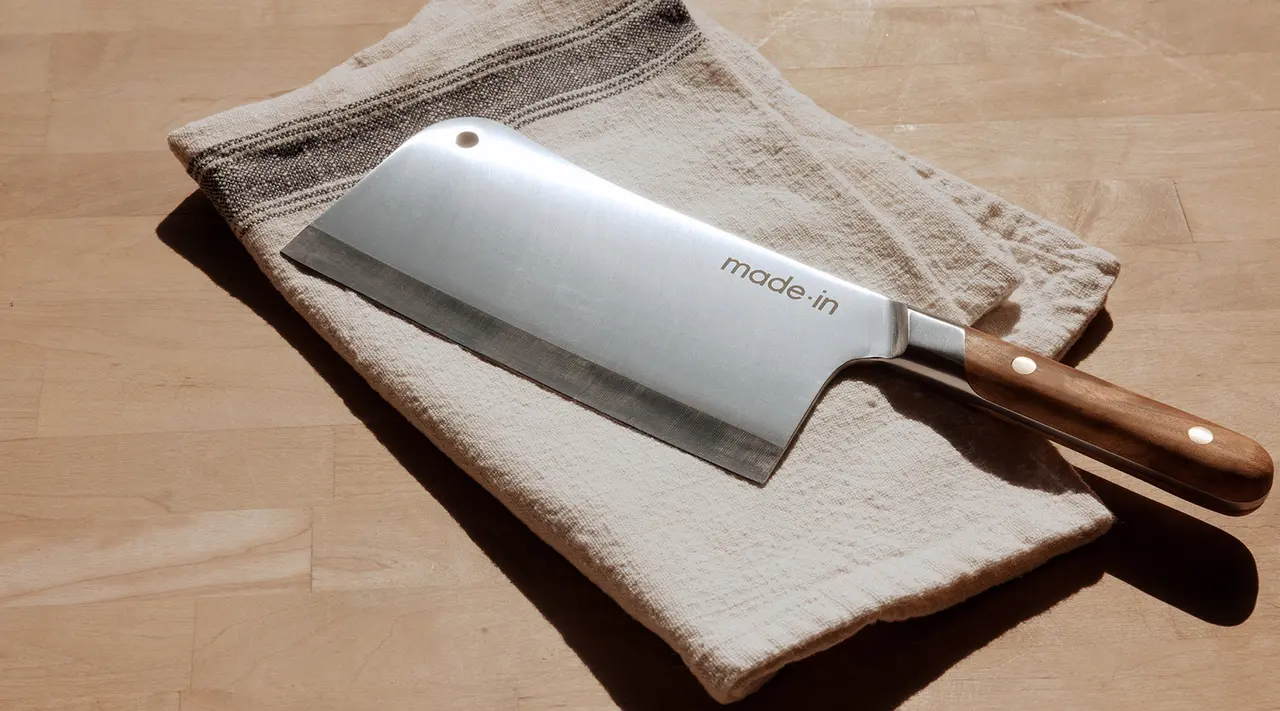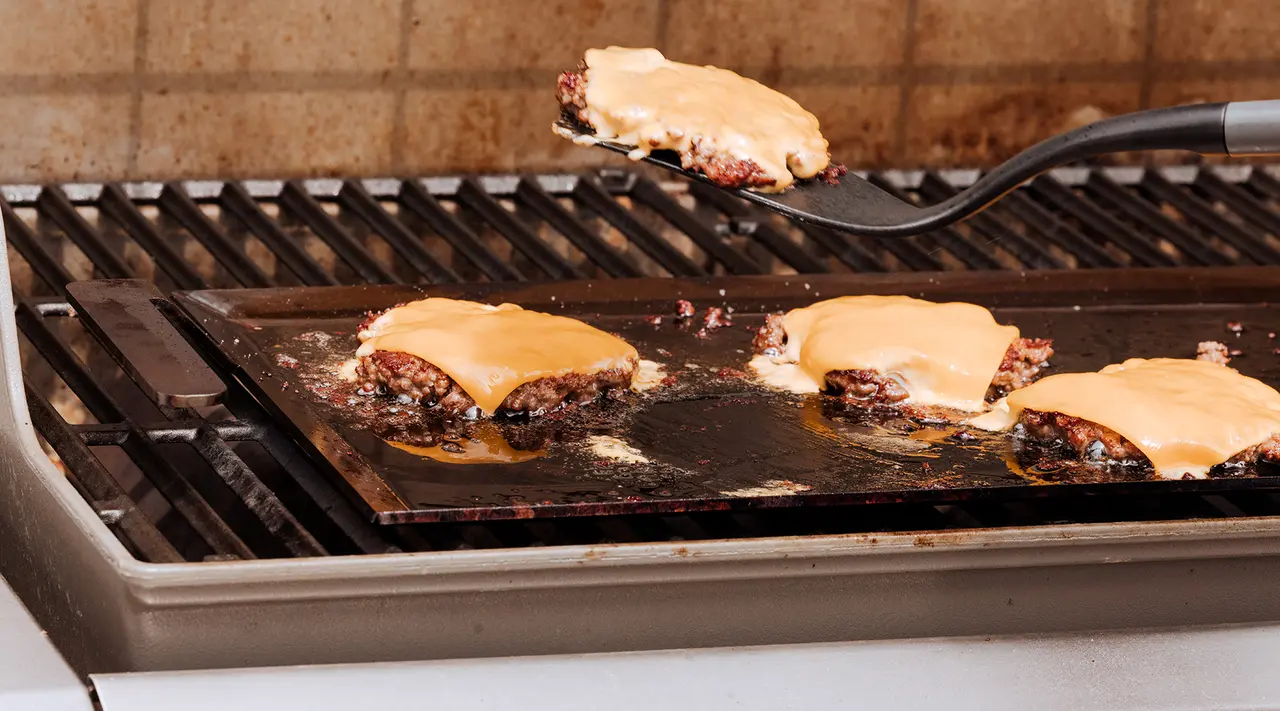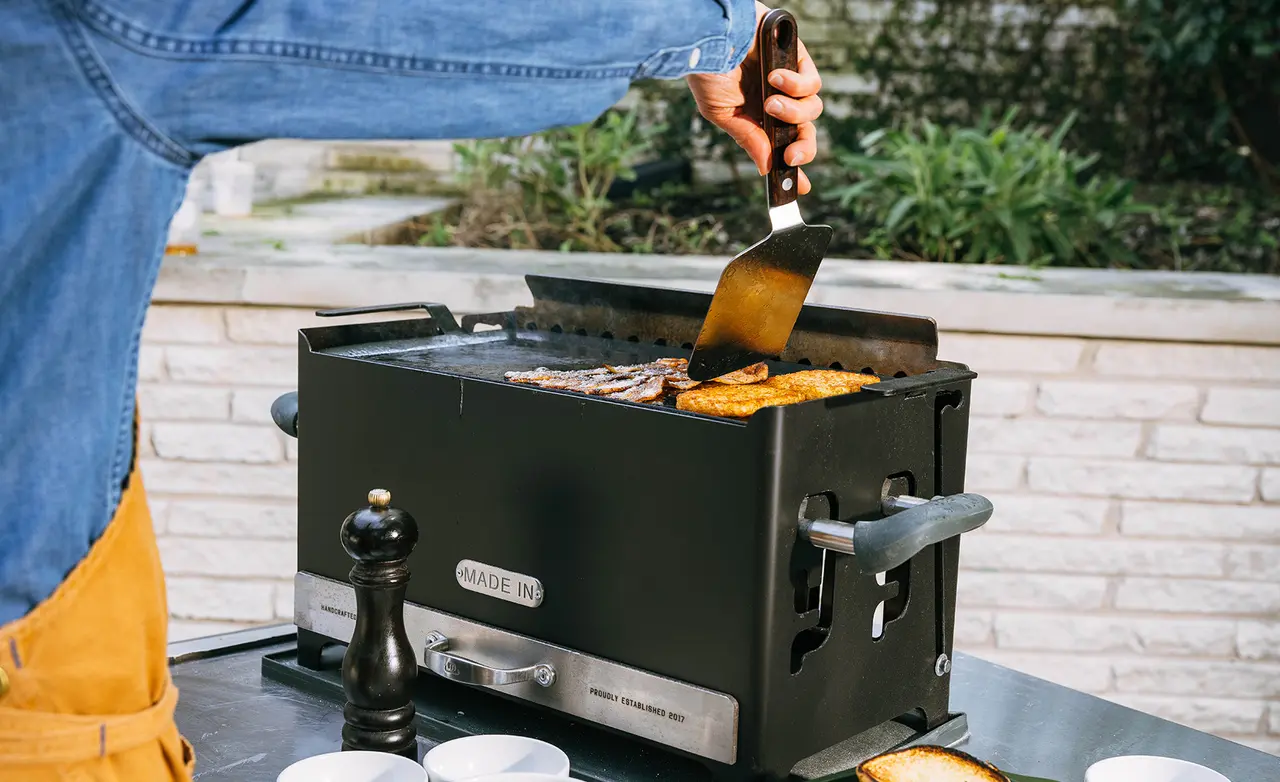Morning meals are never as satisfying without a hearty portion of salty, savory bacon. Here’s everything you need to know about man’s best breakfast meat—and how to cook it.
We know that bacon is super versatile. There’s no denying it makes a mouthwatering accompaniment to practically every meal.
Pile up your plate at breakfast. Stick a slice in your bloody mary at brunch. Layer a few pieces on your favorite sandwich. Or crumble it up and sprinkle those salty bits atop a satisfying salad. The possibilities are truly endless (and delicious!).
But what’s the real story behind this tantalizing pork product? And what does it take to prepare it like a pro?
You’re bacon me crazy
The process of cooking bacon can be messy at best. In this comprehensive bacon exploration, we’ll take a look at how to ensure safety. We’ll also break down those deep, burning questions that keep us up at night. You know, like…
Should I cook it on the stovetop? If so, when should I flip it?
What pan is better—stainless steel or carbon steel?
If I stick my strips in the oven, are there any special instructions?
And what’s going on with turkey bacon? Does it taste the same?
Grab your spatula or tongs and prepare for a greasy—but great—adventure into the world of bacon.
The obvious thing first: what is bacon?
Put simply, bacon is a certain style of salt-cured pork, which means it’s either brined (wet) or salted (dry) prior to cooking and serving. The process preserves the meat and infuses it with tons of flavor, especially if you opt for a solution with sugar (other sweet or savory additives).
This particular cut has lots of fat, which is what helps bacon get its super crispy texture once cooked. Unlike other pork, beef and poultry products, this is the one time that fat is actually celebrated! When observing the uncooked product, you’ll notice there are more ribbons of white fat compared to pig meat. This is a good thing.
What part of the pig does bacon come from?
While you find chops and cutlets in the loin, ham in the rear area, and spare ribs in the ribs, bacon actually comes from the lower region of the pig known as the ‘side.’
This is also called the ‘pork belly.’ Just visualize Wilber or Babe prancing about the pen. Bacon comes from those cute little bellies that practically skim the ground as they trot their stuff.
Don't skimp when it comes to the quality of your bacon. Even if it's a cheaper meat that's coming from the side of a pig, you can taste the difference between cheap, highly processed and mass produced bacon and high-quality bacon that comes from well-respected ranches, butchers, and meat purveyors.
What is turkey bacon?
Just as the name suggests, turkey bacon comes from another animal kickin’ it on the farm. As a less fatty alternative to pork, this variety is comprised of a variety of light and dark turkey parts. The butcher grounds everything up and assembles the turkey back together to resemble strips (with oil and some other flavorful ingredients thrown in).
While turkey bacon has fewer overall calories and less fat, it’s still not exactly ‘healthy.’ It’s considered a processed meat, so proceed with caution.
What’s better: bacon on the stovetop or in the oven?
Ahhh—the million dollar question.
While there are pros and cons associated with both cooking methods, we think it’s all a matter of personal preference (more on that later). First, let’s consider the biggest differences.
Bacon on the stovetop pros:
- Super crispy, crunchy results
- Deep, delectable smokiness
- Perfectly chewy bite
- Generally quicker cooking process
- No need to fire up the oven
Bacon on the stovetop cons:
- Grease splatters and makes a mess
- Requires attention and flipping
- Splashing oil poses risk of fire or burn
- Bacon usually shrivels and curls
- Fewer strips fit in the pan
If you choose to cook your bacon on the stovetop, keep close watch throughout the entire process to keep grease splatter to a minimum. We've heard that you can try keeping a small wad of paper towel in the pan while cooking or adding a tablespoon of water to the pan prior to cooking to cut down on the mess.
Another pro secret for cooking bacon on the stove is to always start with a cold pan. This helps achieve the crunchy on the outside, slightly chewy consistency in the inside we all love.
From there, only flip the bacon once it releases easily from the pan. Even if you see the bottom browning, resist the urge! Only flip when it comes up without sticking, then continue to move as necessary so that each strip is completely cooked on both sides.
Bacon in the oven pros:
- Big baking sheet fits more bacon!
- Bacon cooks evenly and consistently
- Grease doesn’t splatter and make a mess
- No need to flip while cooking
- Bacon stays flat (pretty to look at)
Bacon in the oven cons:
- Takes a tad longer to cook than stovetop
- Have to drain the fat once removed
- Sheet pan still gets pretty messy
- Harder to get that smoky stovetop depth
- Heats up your kitchen in summer months
When laying your strips on a baking sheet and popping in the oven, you have quite a few options to consider. Here are a few variations on this popular cooking method:
- Use parchment paper to minimize cleanup
- For a healthier finish, use a wire rack or folded aluminum foil so that grease drains
- Lay strips directly on the sheet for extra crispiness
When prepping your baking sheet, there’s no need for oil. The bacon’s fat will render and automatically lubricate the surface.
Set your oven pretty high—between 375°F and 425°F depending on your doneness preference. Many pros say the 20-minute mark produces perfect bacon.
Also, remember this key tip: never overlap individual pieces. When cooking bacon in the oven, you can fit so much more than the typical stovetop skillet. So don’t be greedy! Give each piece its own space for best results.
When frying bacon, which pan is best?
There’s no single way to cook this pleasurable pork product. But for most people, a cast iron grill pan, nonstick frying pan, stainless steel frying pan or carbon steel frying pan gets the job done fine.
- Cast Iron Grill tips – This method is fast and infuses a lot of crunch into each bite. And don’t be so discerning when it comes to appearance, as your skillet is likely to produce wavy bacon with nice grill marks.
- Stainless steel tips – This is a great option for pain-free cleanup. A stainless steel pan also heats quickly. For better consistency, consider using a bacon press. This will help the bacon stay in direct contact with the pan’s surface.
- Nonstick tips – Select this method if you like your bacon flat and uniform (from a visual standpoint). A nonstick pan is also the best choice for minimal cleanup, but it’s harder to achieve that ‘chewy’ factor.
- Carbon steel tips – Since your carbon steel pan needs some maintenance for seasoning, bacon can be problematic. Experts say to add a tablespoon of oil before tackling your scrumptious strips. Most importantly, wait until your pan is properly seasoned before ‘christening’ it with the powerful pork belly.
